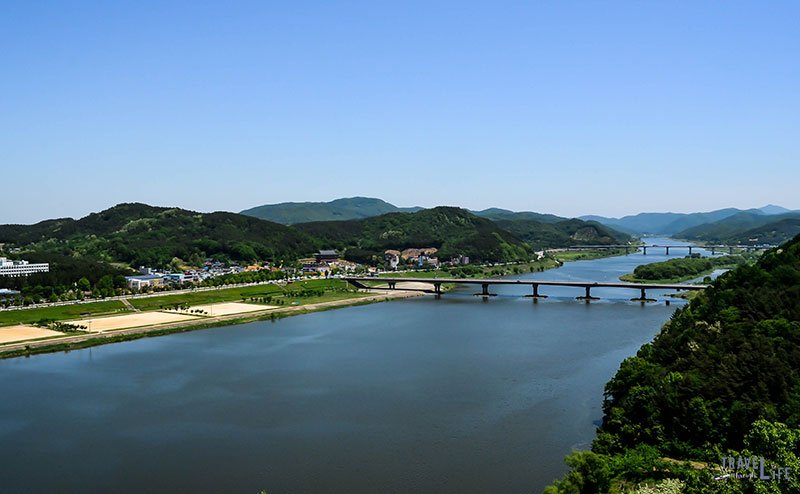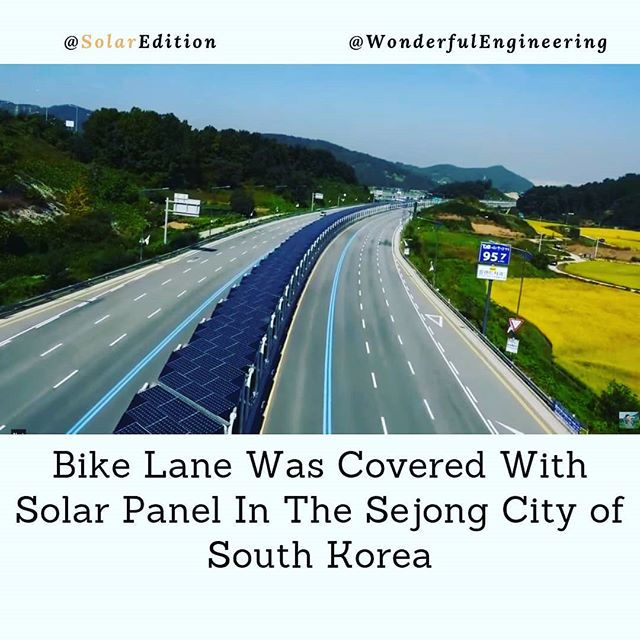Let's go green Korea! (South Korea's green new deal)
- Diana Ross Sumalinog

- Feb 24, 2021
- 1 min read
Updated: Mar 3, 2021
In June 2015, South Korea reported it would intend to cut ozone-depleting substance outflows by 37% by 2030. This project is another progression in the methodology outlined in 2008 to make occupations utilizing green innovation and clean energy.
4 major rivers (Han, Geum, Yeongsan, Nakdong)
The government reached an achievement in 2012 by finishing the "Four Rivers Project," which saw the cleanup of four vital streams (the Han, Nakdong, Geum, and Yeongsan) and their environmental factors in decrease flooding by building water-treatment offices, banks, and 20 new dams.
It likewise incorporated a 1757km bike course running close by the four streams. The undertaking was such a triumph that Turkey and Paraguay sought it as a model for cleaning their streams.
Among the other 'ecofriendly' examples of overcoming adversity on the public authority's green plan was the development of a 20-mile solar covered bicycle path among Daejeon and Sejong, south of Seoul; and changing over the entirety of Seoul's 8750 or more transports to low-contaminating petroleum gas, full-cross breed, or power device electric vehicles. Continuous work incorporates all the high-speed railroad lines; the arrangement of energy-saving green homes' and energy-reusing projects such as creating gas from the trash.
A lot of these policies were encouraged by the UN Environment Program. However, other ecological groups felt the "Four Rivers Project" paved the way for restoring an arrangement for a great waterway between Seoul and Busan.
Notwithstanding responsibilities to protect wetland and coastal areas, Seoul is also constructing another two more tidal power plants along the west coast in addition to Uldolmok in Jeollanam-do and Sihwa Lake in Gyeonggi-do, the largest in the world.













Comments